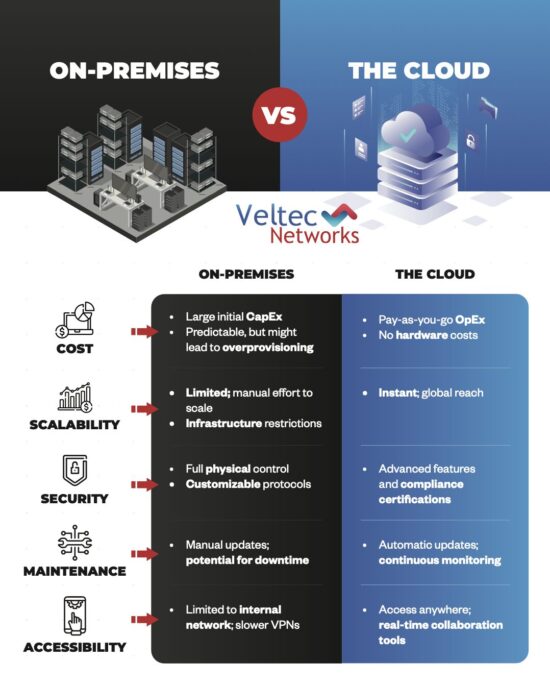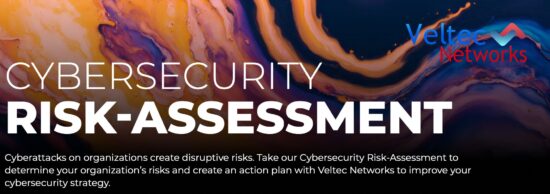Staff Digitally Literate?
Digital literacy is a valuable skill to have in the modern business world. And as time goes by, it’s only becoming more important.
Are you and your staff members confident in the way you use technology?
How digitally literate would you consider yourself to be?
Do you know how to send an email? Almost certainly, that’s a given in the modern world.
But do you know how to set Out Of Office auto-replies on your work email account? Maybe, maybe not. It’s not as much of a given.
This is just a small example of the vast gulf that can exist between digitally literate users, and everyone else. Not too long ago, the biggest hurdle to overcome with technology was figuring out how to set your VCR to record a show at the right time, on the right channel.
But today?
Technology is integrated into virtually everything you do. Smart technology is in your kitchen and your car. Your smartphone goes everywhere with you. At work, you use email, an internet browser and probably a Line Of Business application or two to get your daily tasks done.
It’s estimated that over the course of the next five years, 90% of the workforce will require basic computer skills. Furthermore, over the next 2-3 years, 50% will need to use, configure and build digital systems.
While understanding the finer points of using business technology may not seem like a big deal, it can make a big difference. Extra features can increase the convenience and productivity of the user experience. Someone who knows how to use their professional software won’t waste as much time getting someone else to help them. All of these factors involved in digital literacy add up.
What Are The 4 Principles Of Digital Literacy?
According to Digital Work Research LTD. director Elizabeth Marsh, digital literacy isn’t about outright skills with computers – it’s about awareness. It’s all based on the following four principles, as described in her work, The Digital Workplace Skills Framework:
- Using the digital workplace.The first principle is the most basic, but nonetheless, very important. Staff members need to know how to use the technology they interact with every day.
As a report from OECD has found, 40% of workers using software every day do not have the skills required to use it effectively. That’s why staff members need a foundation of digital skills shown to them by the organization in which they work. By approaching the process on an individual level, users of varying skill levels can learn from the stage at which they are, and eventually, become more skilled with the technology they have to use anyway. - Process and apply. Did you know that 21% of productivity is lost while users struggle to find and manage information?
The IT team at your business needs to take responsibility and show users how best to store, search and find the information they need. This requires strict processes for naming and saving files in the correct places, all of which should be indexed for efficient searching. The less time your staff spends searching for that one file they need, the more time they can spend working. - Create and connect. Technology should not be seen as an obstacle to overcome. On the contrary, it’s a tool, and that tool should support the creative, communicative and collaborative efforts of your staff.
Marsh’s framework stress this principle, listing the following priorities:- Increasing employees’ content generation skills across a range of formats
- Using the most appropriate tools and technology across the organization to suit the audience, context, and channel
- Building communication skills to connect with and relate to others in the workplace, virtual or otherwise
- Collaborating with others using the digital workplace to share knowledge and achieve common tasks or goals
- Think and adapt. Just as technology should not get in the way of a user finding the information they need, or in trying to work with team members, it also shouldn’t be a distraction. However, between email, social media, SMS and phone calls, it can be difficult for a user to get 10 interrupted minutes to actually do their work.
That’s why it’s important to configure technology not to be overly disruptive (Do Not Disturb functions, scheduled email periods, etc.). Similarly, your business culture should promote the respect of the user’s time – they don’t need to immediately respond to anything that’s not an emergency, especially if it would interrupt an otherwise productive work session.
As you can see, digital literacy isn’t about mastering advanced software functions. It’s about integrating technology seamlessly into the workflow process as a powerful tool, rather than a source of frustration and distraction.
Like this article? Check out the following blogs to learn more:
How Are Face and Touch Recognition Changing iCloud Access?






